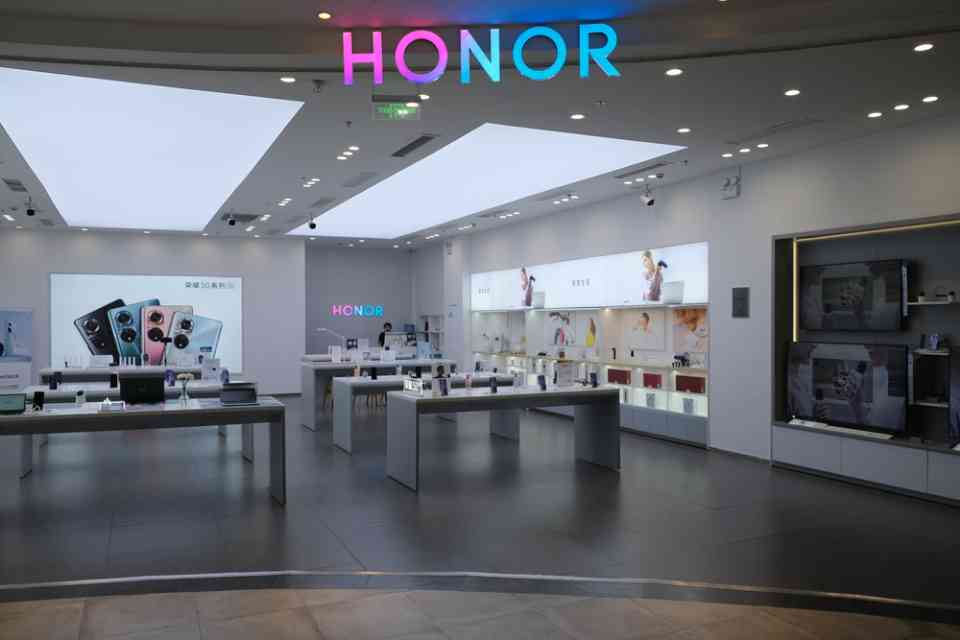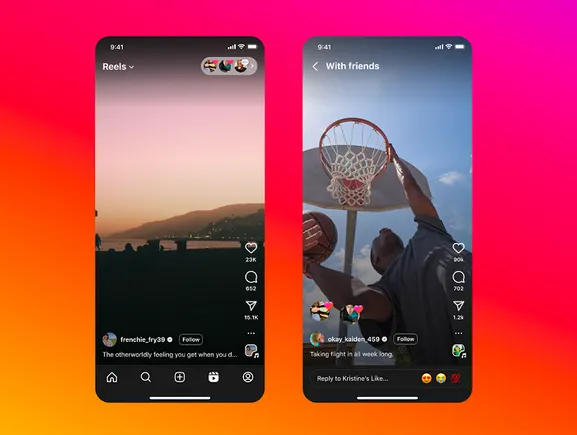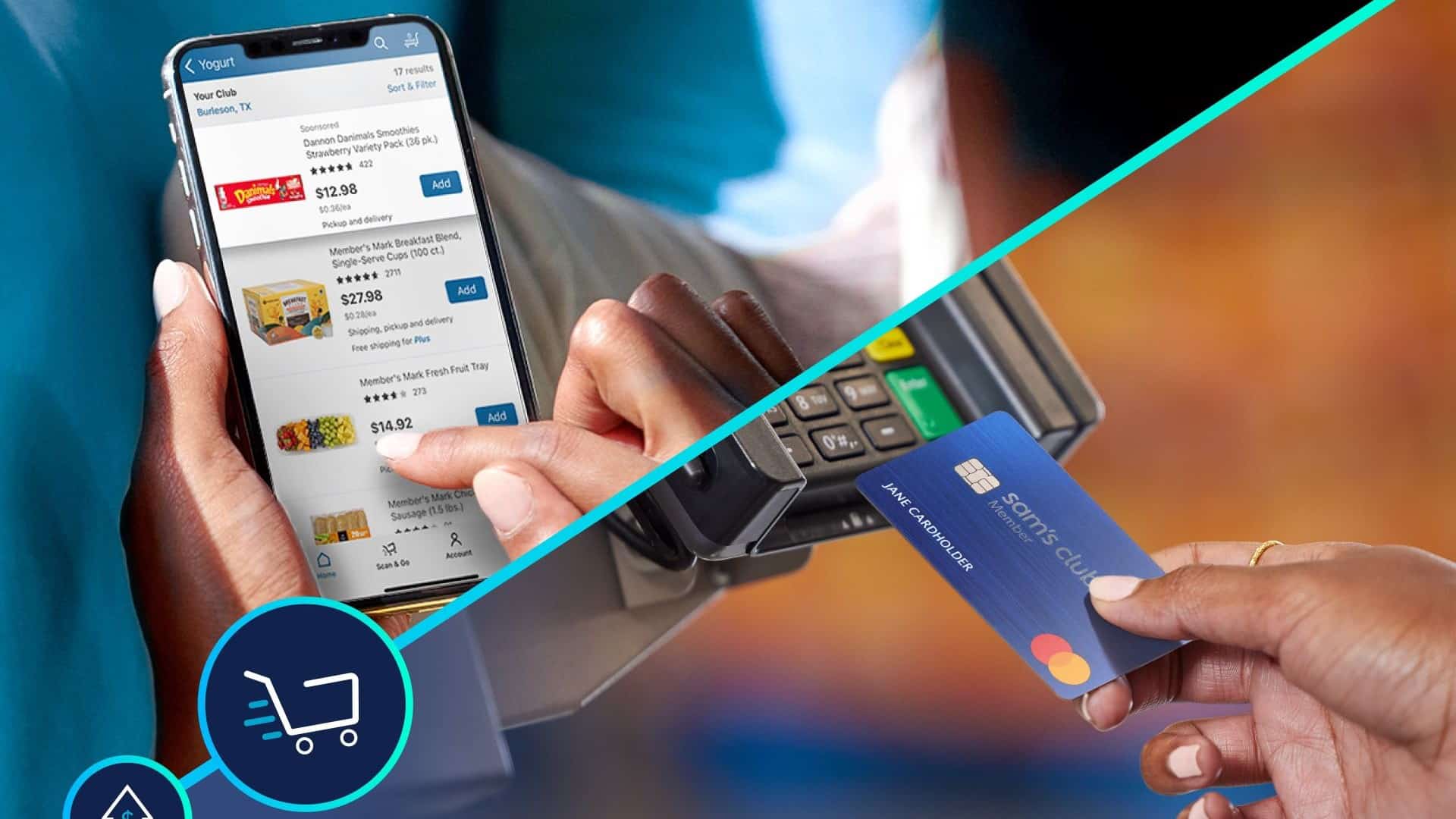Sam’s Club, the chain of membership-only retail warehouse clubs owned by Walmart, has introduced new design and targeting capabilities for its retail media network, known as Sam’s Club Member Access Platform (MAP).
Improved design in Sam’s Club’s retail media network (RMN) will help advertisers pick “hero” products to show shoppers, allow advertisers to target browse pages and give customers the ability to add products from RMN ads directly to their carts.
Back in March, Sam’s Club introduced “in-club” (in-store) sales attribution for MAP advertisers. The ability to connect in-network ads to store sales has resulted in, on average, a nearly 30% increase in return on ad spend (ROAS) for advertisers, according to the company.
Why we care. Many retailers are launching RMNs, and not just big national chains. The impact on retail and ecommerce is growing, so marketers can’t ignore them. RMN referrals were up 70% year-over-year during the latest summer Prime Day promotions.
RMNs develop in different ways according to their customer base and the services they aim to provide. They’re all at different stages. A closer look at the Sam’s Club MAP shows how marketers can capitalize on close customer relationships and technology provided through strategic partnerships when they select an RMN as part of their omnichannel strategy. Furthermore, retail marketers can see what direction might bring success in building out an RMN at their organization — relative to the scale of their customer base and breadth of customer data.
Dig deeper: Why we care about retail media networks
In the club. Sam’s Club has nearly 600 locations in the U.S. and Puerto Rico. As the name suggests, customers must have a paid club membership, creating more of a commitment to the retailer than seen with, for example, free loyalty programs.
Although Sam’s Club is owned by Walmart, the Sam’s Club MAP includes only Sam’s Club members, and isn’t connected with Walmart’s RMN, Walmart Connect.
Customer channels and data. Sam’s Club members have many ways to search and shop for products, as well as to buy them. They can shop on the web, on the Sam’s Club app and at physical locations — which the company calls “in-club” shopping. They can choose curbside pickup and delivery.
At physical locations, members can also scan products from the shelf, resulting in more behavior data and deeper knowledge about the customer journey. RMN ad impressions and all online and physical shopping activity can be linked to sales because all of these actions are taken by club members who have a deep relationship with the retailer.
“The reason why advertisers seek access to MAP is because our membership data is so rich,” said Lex Josephs, VP and GM of Sam’s Club MAP. “Advertisers want to access insights that make the member who they are.”
Food company Danone said it measured a 35% boost in sales from a recent MAP campaign.
Brand Amplifier features. “As search becomes more of a mature offering within Sam’s Club, we have to constantly be innovating,” said Josephs.
The latest improvements to MAP come through the “Brand Amplifier,” which amounts to an improved design and ease-of-use for advertisers, and more touchpoints where brands can reach members.
Members now can add products directly from an RMN ad to their digital carts. This has the potential to make easier sales for advertisers, but it also adds convenience to the customer experience. These innovations have to be “additive to the member experience,” Josephs said.
Advertisers also can sponsor browse pages (a “Back to School” page, for instance) in addition to purchasing keywords and search ads. This adds another touchpoint in the shopper’s journey between search and purchase where brands can maintain a presence.
Using the Brand Amplifier, brands can also focus ads on “hero” products or new products. The brand likely has a product in mind already as its hero. However, member data can also be analyzed to uncover what product will do best in a campaign to Sam’s Club members.
Partners Club. While Sam’s Club has built its member data infrastructure internally, it has partnered with tech companies to provide many of its current and future RMN services, accessible through API. For instance, MAP partnered with Flywheel to help manage and measure search campaigns.
While on-site search campaigns are the current focus for MAP, Sam’s Club is also paving the way for off-site programmatic campaigns. Creative automation is also part of the roadmap.
Other members of the “Partners Club” include performance company Skai, commerce acceleration platform Pacvue and CommerceIQ’s Retail Ecommerce Management platform.
When developing RMNs, retailers can build in-house, acquire adtech companies or adopt a partnership strategy. Sam’s Club is showing success with the third option.
Get MarTech! Daily. Free. In your inbox.

























































![Social Media Spring Cleaning [Infographic] Social Media Spring Cleaning [Infographic]](https://imgproxy.divecdn.com/9e7sW3TubFHM00yvXe5zvvbhAVriJiGqS8xmVFLPC6s/g:ce/rs:fit:770:435/Z3M6Ly9kaXZlc2l0ZS1zdG9yYWdlL2RpdmVpbWFnZS9zb2NpYWxfc3ByaW5nX2NsZWFuaW5nMi5wbmc=.webp)
![5 Ways to Improve Your LinkedIn Marketing Efforts in 2025 [Infographic] 5 Ways to Improve Your LinkedIn Marketing Efforts in 2025 [Infographic]](https://imgproxy.divecdn.com/Hv-m77iIkXSAtB3IEwA3XAuouMwkZApIeDGDnLy5Yhs/g:ce/rs:fit:770:435/Z3M6Ly9kaXZlc2l0ZS1zdG9yYWdlL2RpdmVpbWFnZS9saW5rZWRpbl9zdHJhdGVneV9pbmZvMi5wbmc=.webp)














